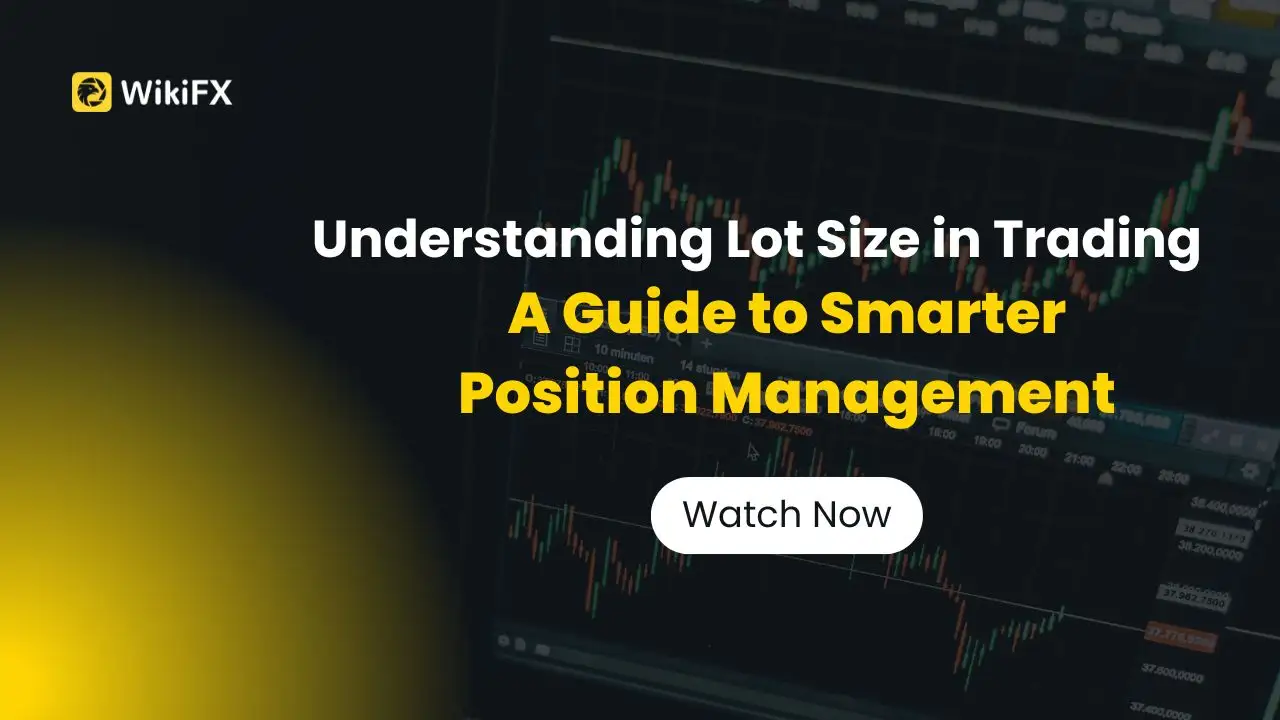简体中文
繁體中文
English
Pусский
日本語
ภาษาไทย
Tiếng Việt
Bahasa Indonesia
Español
हिन्दी
Filippiiniläinen
Français
Deutsch
Português
Türkçe
한국어
العربية
How to Become a Better Trader
Abstract:Discover practical strategies, avoid common pitfalls, and develop personalized approaches to thrive as a trader in 2025’s dynamic markets.

As the financial markets evolve rapidly in 2025, traders face both opportunities and challenges. Success in trading requires not just knowledge but also discipline and adaptability. This article explores fundamental trading concepts, risk management principles, and practical strategies to help traders thrive in todays dynamic environment.
The Importance of Core Trading Knowledge
A strong foundation in market fundamentals is essential for any trader. Understanding economic indicators, market sentiment, and technical analysis tools enables traders to make informed decisions. For example, comprehending trends and recognizing patterns on charts can provide insights into potential market movements.
Modern trading platforms offer sophisticated tools that allow traders to analyze markets in real-time. However, while technology simplifies access to data, traders must remain disciplined to avoid impulsive actions driven by emotions. A well-defined trading plan serves as a critical guide, preventing hasty decisions based on short-term market fluctuations.
Avoiding Common Trading Pitfalls
One of the most destructive habits in trading is chasing losses. Traders often make impulsive decisions to recover losses quickly, leading to overtrading and compounding errors. Successful traders understand that patience and discipline are key, and sometimes the best action is to stay out of the market until a high-quality opportunity arises.
Overleveraging is another common issue, as it exposes traders to outsized risks. A disciplined approach to position sizing can help mitigate this problem, ensuring that trades remain aligned with a traders overall risk tolerance.
Developing a Personalized Trading Strategy
A personalized trading strategy is a blueprint for success. It should define clear entry and exit points, incorporate both technical and fundamental analysis, and align with the traders goals and risk tolerance. Regularly reviewing and adjusting the strategy ensures it remains effective in changing market conditions.
For example, traders can utilize tools like stop-loss orders, technical indicators, and market signals to identify favorable opportunities. Additionally, analyzing different timeframes and diversifying across asset classes helps reduce risks while increasing potential returns.
Disclaimer:
The views in this article only represent the author's personal views, and do not constitute investment advice on this platform. This platform does not guarantee the accuracy, completeness and timeliness of the information in the article, and will not be liable for any loss caused by the use of or reliance on the information in the article.
Read more

Trading Other People’s Money | What Prop Firms Don’t Tell You
Proprietary (prop) trading firms have become increasingly popular. They give traders the chance to trade with larger amounts of money without risking their own savings. For many, this sounds like the perfect opportunity to grow faster and earn more. But while the benefits are appealing, there are also risks and hidden rules that traders must understand before joining a prop firm.

Stop Level Forex: How Does it Help Traders Prevail When Losses Mount?
Ever wondered what happens when your trades start going south—and your margin takes a hit? Meet ‘Stop Level Forex’—the trader’s emergency brake that kicks in just before things spiral out of control. Explore this story to know its significance.

Understanding Lot Size in Trading: A Guide to Smarter Position Management
Learn how lot size in trading affects your risk, profit, and strategy execution. Discover how to calculate the ideal lot size for your trades with real examples and smart tips.

5 Powerful Forex Trading Indicators Every Trader Needs
Learn about the 5 most powerful forex trading indicators every trader should use. Improve your market analysis, trading decisions, and accuracy with these essential tools.
WikiFX Broker
Latest News
Olymptrade Under Fire – Fraud Allegations and Investor Outrage
Hantec Markets Appoints New Executives for Growth in Dubai
Is the Forex Bonus a Genuine Perk or Just a Gimmick?
OctaFX Was Fined $37,000 for Operating Without a License
What Role do signals play in the forex trading?
5 Reasons Why Traders Are Losing Trust in Headway Broker
What WikiFX Found When It Looked Into Vestrado
Hantec Financial: A Closer Look at Its Licenses
eToro Joins Hands with Premiership Women’s Rugby
RM750 Million Lost to Investment Scams in Just Six Months
Currency Calculator


